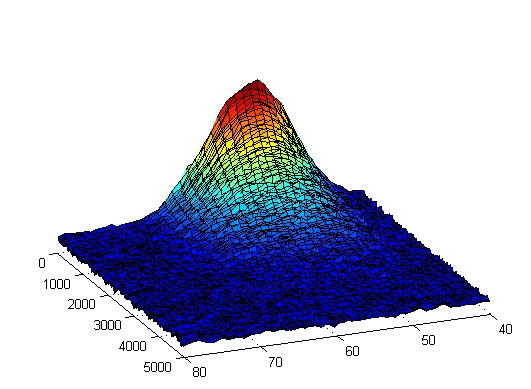
home > equipment > g-band > cavity mode
The Cavity Mode Setup
Also a probehead with a cylindrical closed type cavity working in the TE011 mode has been developed in our group in the last years. In contrast to the transmissiom mode setup, the cavity design offers some advantages like higher sensitivity and less sample volume. In the present state, pulsed as well as cw-experiments are feasible.
The EPR samples are filled into small capilaries made of Suprasil. Sample tubes with inner diameters between 0.3 and 0.5 mm are in use, resulting in a sample volume of about 5 nl.
Due to the lack of some conventional microwave devices at this high frequency, e.g. no circulators are available operating at 180 GHz, a hybrid system has been developed combining both conventional microwave as well as quasi-optical concepts.
The microwave board is a heterodyne setup. The main microwave source is a cavity stabilized Gunn oscillator operating at 45 GHz, whose frequency can be mechanically adjusted within +/- 75 MHz. This microwave is frequency doubled twice, resulting in the final 180 GHz chanel. At 90 GHz, a PIN switch is implemented for performing pulsed experiments.
| This is a two-dimensional spectrum acquired with the cavity setup. The sample is BDPA in polystyrene, the temperature is 140 K. The measering time was about 10 hours. |

|
| Last modified: March 26, 2012 | Impressum / About / Legal Notice | Datenschutzerklärung |
Prisner LOGS
Webmail
Internal
|